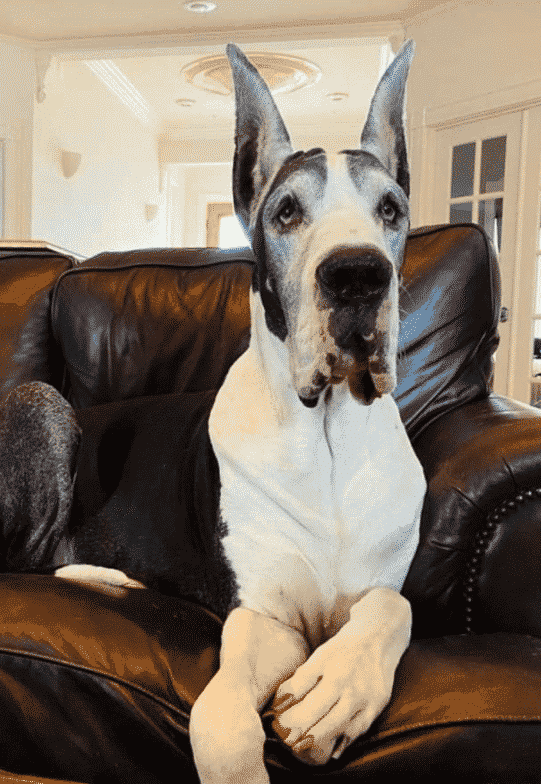
Today’s post is going to be quick and simple. The anti-ear cropping argument is misleading, and I think we need to talk about it. This

Today’s post is going to be quick and simple. The anti-ear cropping argument is misleading, and I think we need to talk about it. This

Ear cropping and taping cropped ears on Great Danes is a lengthy, involved process. If you have found this article, you are either on this

Ear cropping is a surgical procedure done on Great Dane puppies when they are 7-12 weeks of age. A Great Dane with cropped ears is

Today we are chatting about Great Dane Ear Cropping! Are there any benefits to cropping Great Dane ears? When is ear cropping done on puppies?